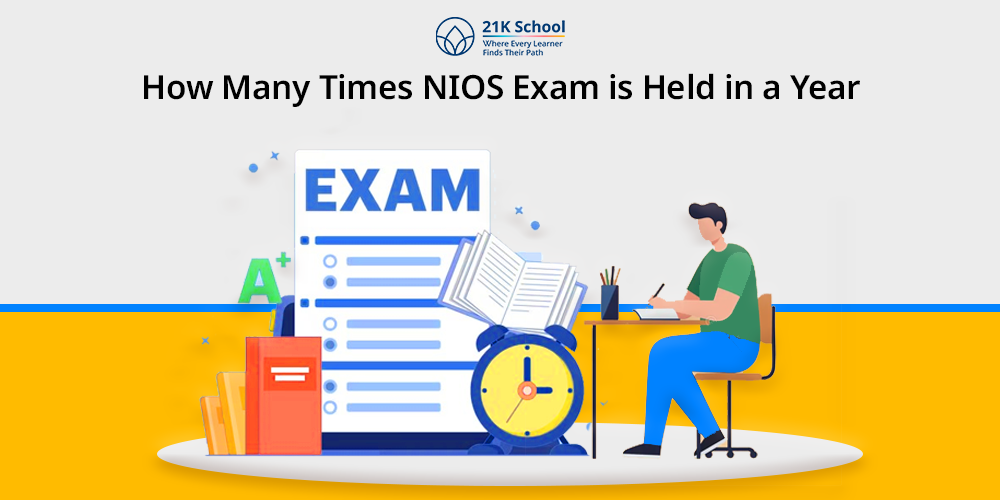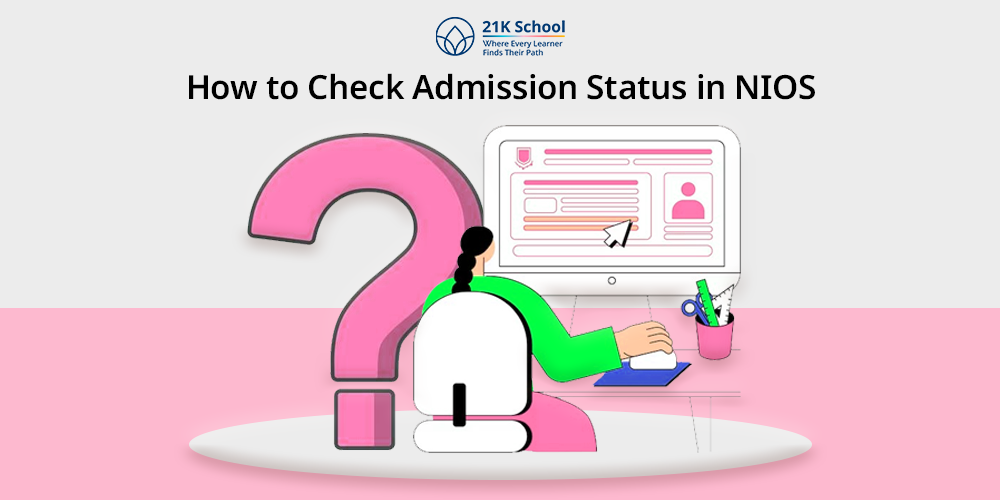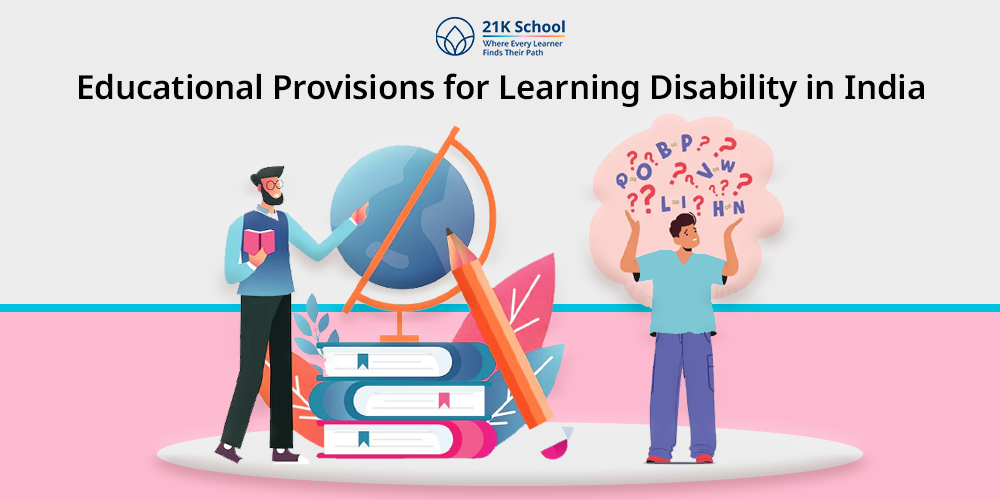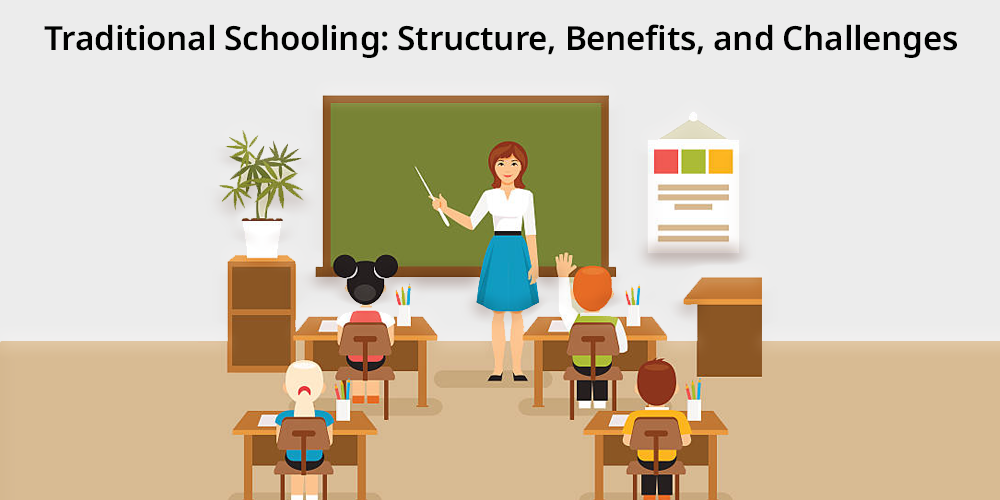
Since centuries, education has been based on traditional schooling, which has shaped the way generations of students were taught and grown.
Traditional schooling provides a feeling of stability and community related to a structured environment, a set of curricula, and face to face interaction.
It helps develop social skills, promotes a collaborative learning, offers direct access to a teacher and resources.
But as the world conditions evolve, the shortcomings of traditional schooling are becoming conspicuous, instigating conversations on whether the traditional schooling is effective for catching up students to the modern world.
Here is an idea to explore how pros and cons of traditional schooling compare to alternative options, and how traditional schooling influences future education.
Contents
- What is Traditional Schooling?
- The Core Structure of Traditional Schooling
- Advantages of Traditional Schooling
- Challenges Faced by Traditional Schooling
- The Role of Technology in Traditional Schooling
- Challenges of Technological Integration
- Traditional vs. Modern Alternatives
- The Future of Traditional Schooling
- Conclusion
What is Traditional Schooling?
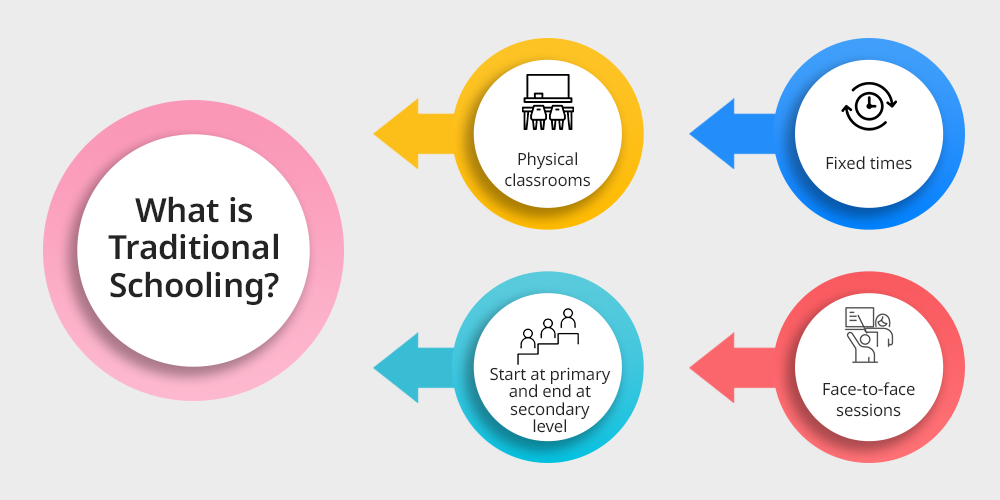
Traditional schooling exists as a formal educational framework where students undergo structured classes within physical classrooms under the leadership of teachers.
Students in such settings learn at fixed times from teachers in face-to-face sessions while following traditional classroom structures.
It facilities which start at primary and end at secondary levels function according to standardized formats that lead students through learning progression until they receive their graduation awards.
Traditional learning methods have persisted as the dominant educational practice since educational establishments function as core knowledge centers.
Public education has faced expanding scrutiny about its fundamental features because society continues to adapt.
Also Read: Homeschooling vs Traditional Schooling: Key Differences, Advantages, and Disadvantages
The Core Structure of Traditional Schooling
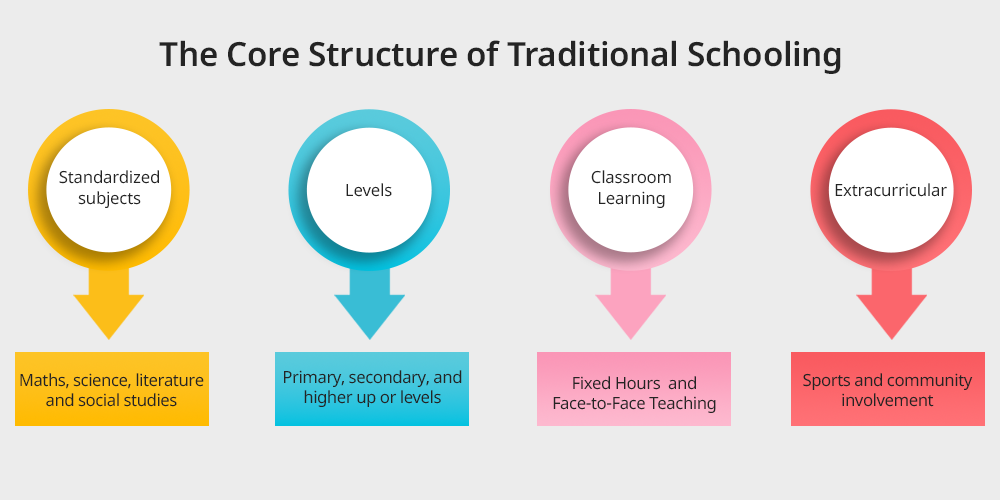
Traditional schooling is based on a set curriculum centered around a standardized system and aims at enabling round education.
The usual form of education is primary, secondary, and higher up or levels, with fixed hours and childhood which includes maths, science, literature and social studies.
Each stage corresponds to a specific age and grade level for students to go through the learning line in an ordered way.
Traditional school focus on face to face teaching and learning in classroom environment with the aim of learning. Teaching is a fulfilling responsible activity where the teacher acts as the permanent instructor, delivery teacher, discussion manager, and student’s progress assessor.
Furthermore, the traditional schooling, i.e., includes activities during and outside curricular activities, sports and community involvement.
The goal of this structure is to increase academic knowledge, social skills and emotional learning so children can be ready for adulthood and for a job when they graduate.
Advantages of Traditional Schooling
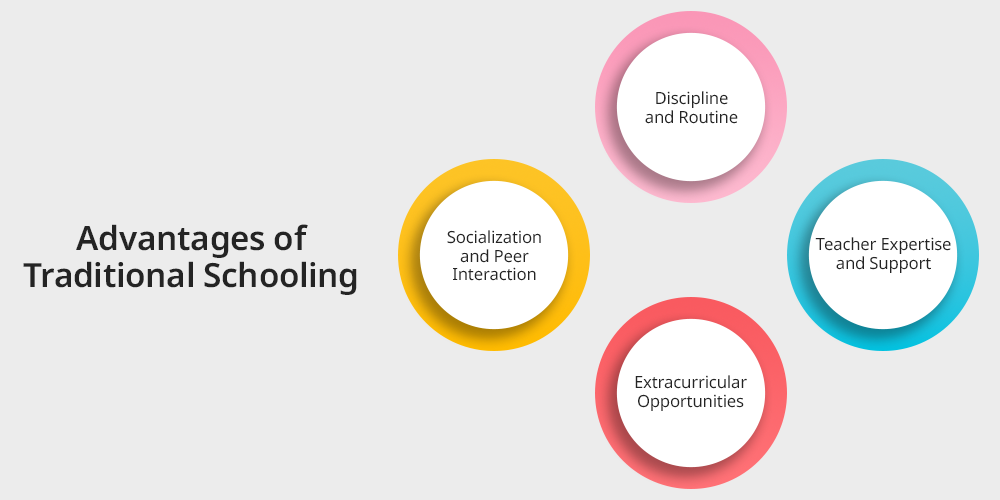
1. Socialization and Peer Interaction
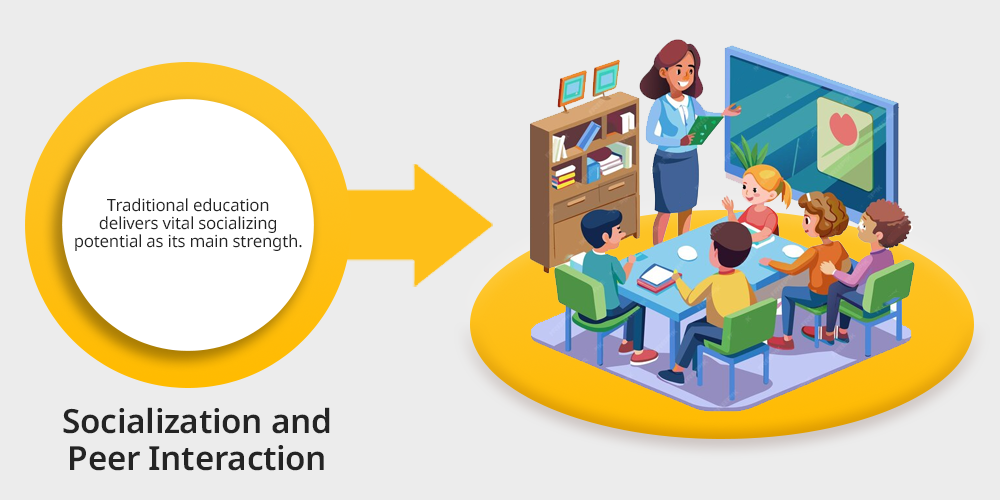
Traditional education delivers vital socializing potential as its main strength. Through peer contact students build relationships and learn important communication abilities together with collaboration competencies.
Students benefit from peer interactions that teach essential life lessons regarding teamwork and empathy and conflict resolution.
Many students consider school social time fundamental because this environment builds friendships while teaching students skills for future life.
Read This to Learn More: Traditional Learning VS Hybrid Learning
2. Discipline and Routine
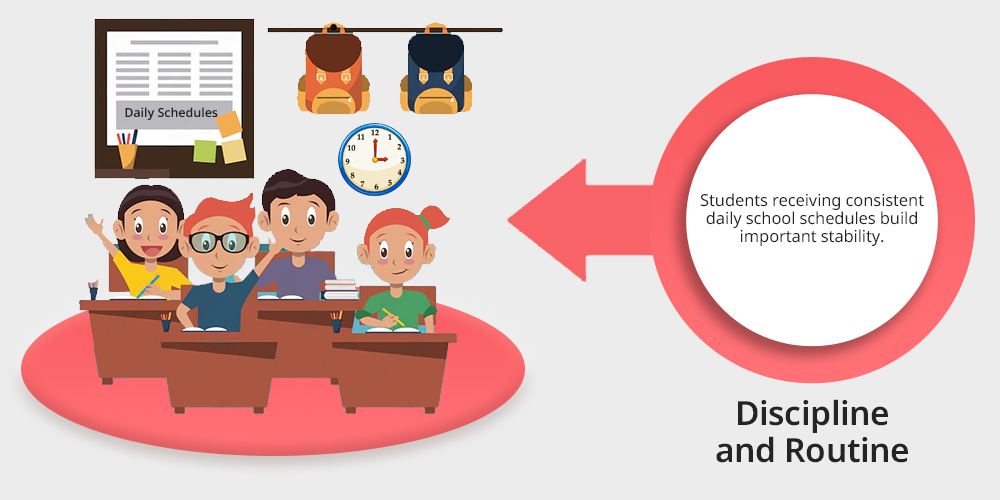
Students receive a structured education system from traditional academic centers.
Through its structured format schools differentiate themselves as institutions vital for student development of self-discipline and time management capabilities and improved organization.
The conventional division of daily school activities creates student responsibility because effective time management becomes essential for completing assignments.
Students receiving consistent daily school schedules build important stability as an essential learning foundation particularly during the young-grade years.
3. Teacher Expertise and Support
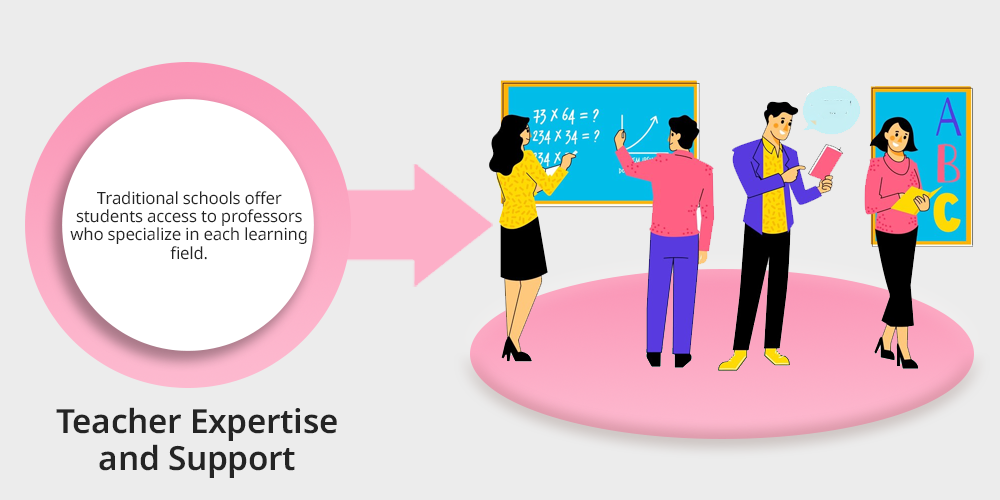
Traditional schools offer students access to professors who specialize in each learning field while providing immediate teaching assistance.
Through their teaching methods teachers can modify classroom instruction to provide student-focused support including question-answering and real-time feedback.
Students obtain enhanced conceptual learning from teachers through direct instruction rather than through alternatives lacking individualized interaction.
4. Extracurricular Opportunities
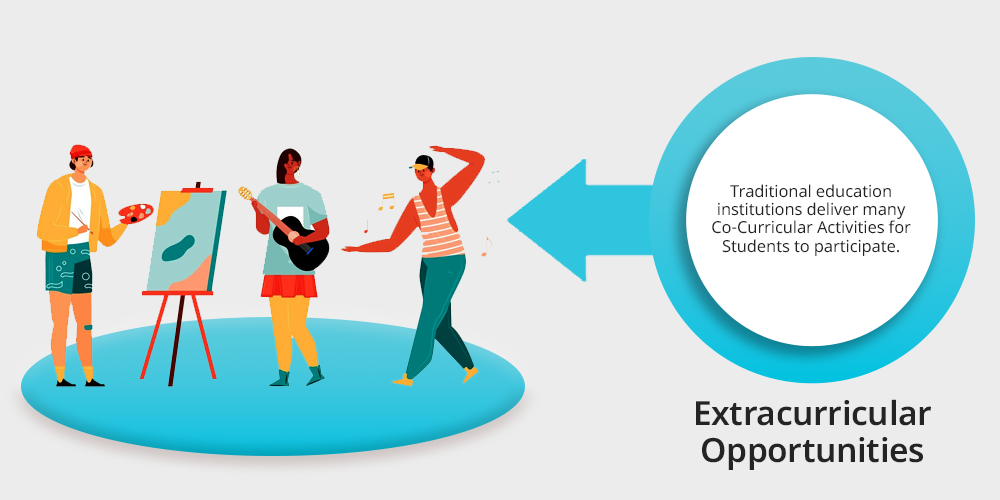
Traditional education institutions deliver many Co-Curricular Activities for Students to participate in through their sports teams and music groups and theater groups and diverse clubs.
Through extracurricular activities students gain chances to follow their academic passions and learn new competencies while nurturing their artistic skills.
By joining extracurricular activities students both acquire new skills and develop within their school through community engagement.
Challenges Faced by Traditional Schooling

1. Limited Individual Attention
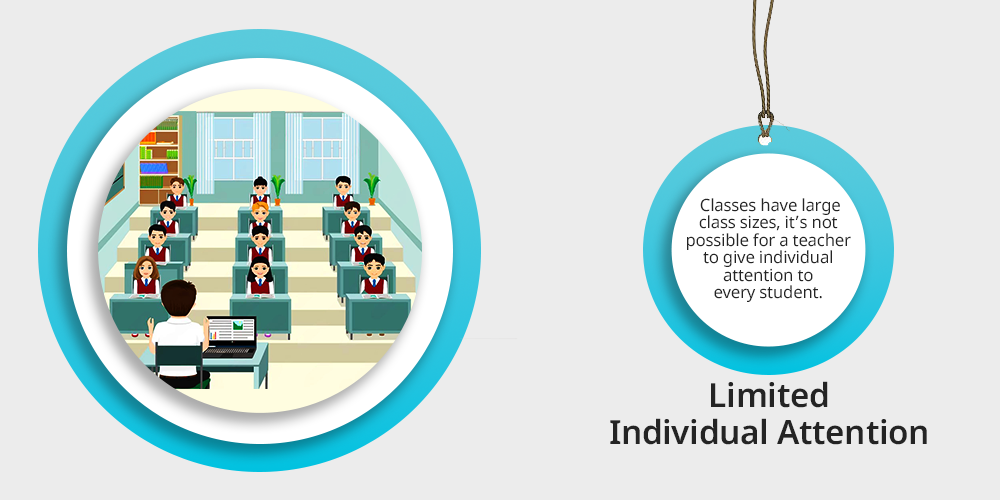
In traditional schooling, these classes have large class sizes, it’s just not possible for a teacher to give individual attention to every student.
There are so many students, some will find it hard to keep up with the lessons, others could not manage to get the personal help they require.
It can be hard for students to learn for those who need extra help because teachers cannot focus on each child’s needs and give them extra assistance.
2. Rigid Curriculum
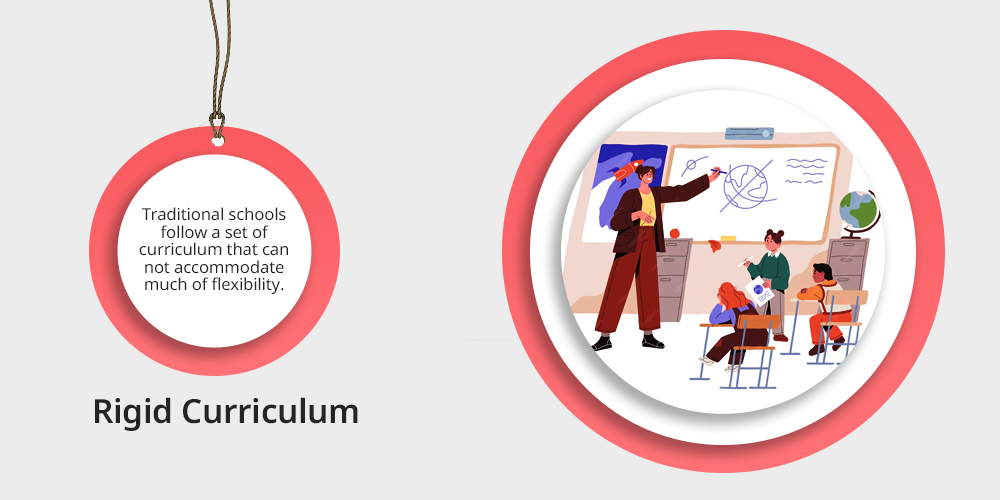
Traditional schools follow a set of curriculum that can not accommodate much of flexibility. In other words, this kills creativity, since lessons are rigidly structured.
The pace is too slow for those who excel but not fast enough for those that need extra help quickly.
A rigid system limits creativity of teachers in accommodating different students’ learning styles and needs.
3. Lack of Flexibility
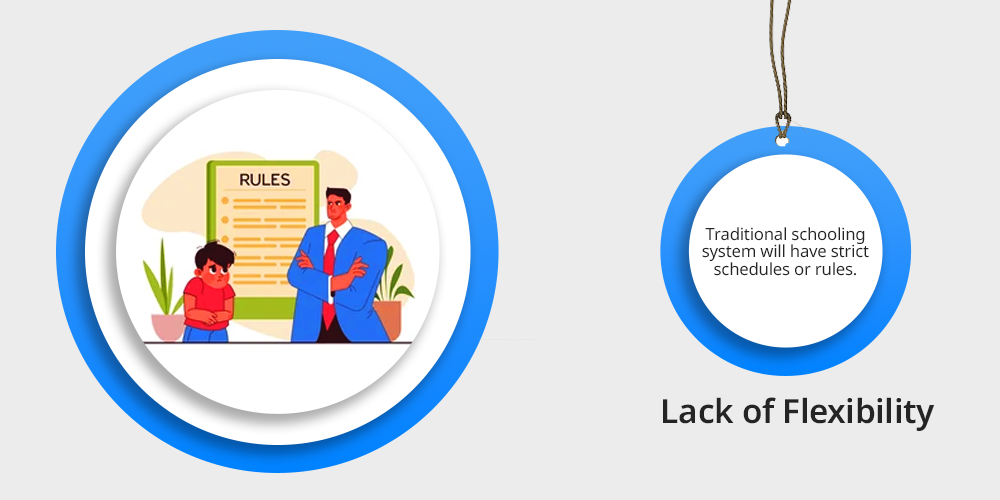
Traditional schooling system will have strict schedules or rules so students are limited at what they can. Attendance, class times and exam schedules are predetermined.
The structure is rigid and is not able to accommodate students who do not learn in the same way or have different personal situations.
For example, the students are likely not afforded the time off when they need it nor can they take those breaks from long days of school.
4. Overemphasis on Standardized Testing
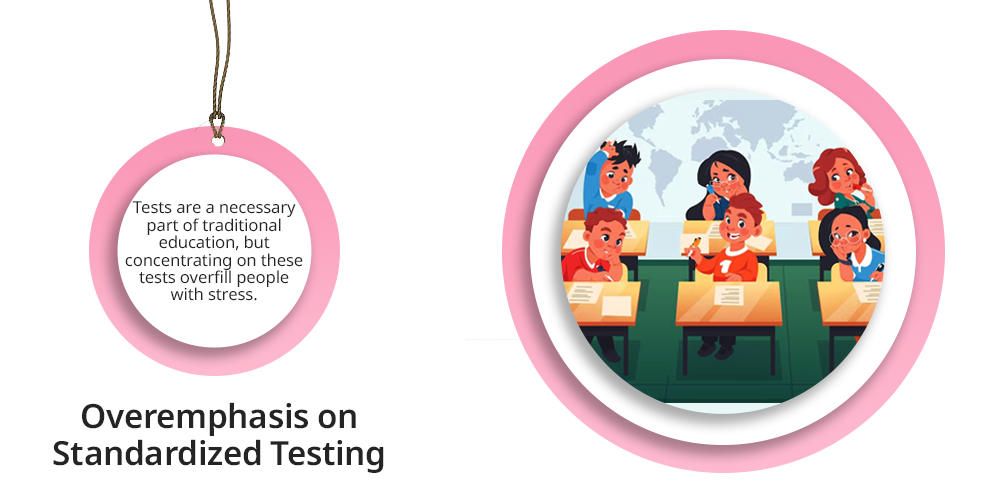
Standardized tests are a necessary part of traditional education, but concentrating on these tests overfill people with stress.
Often, these tests are used to measure basic skills and little room lends itself for developing critical or creative thinking.
Shallow lessons may be the result of teachers paying more attention to test preparation than to learning that matters.
Additionally, these tests can put pressure on students to do well, causing anxiety and stress, rather than creating a healthy learning environment.
The Role of Technology in Traditional Schooling
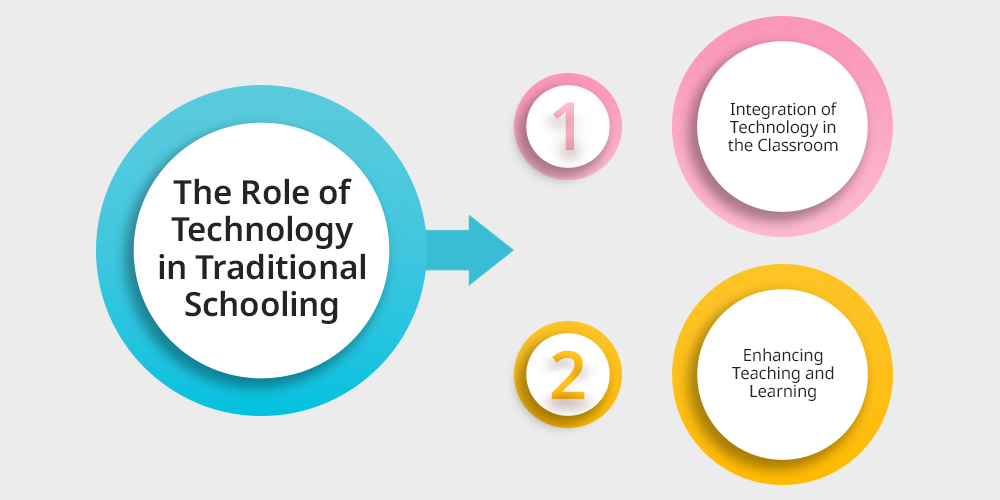
1. Integration of Technology in the Classroom
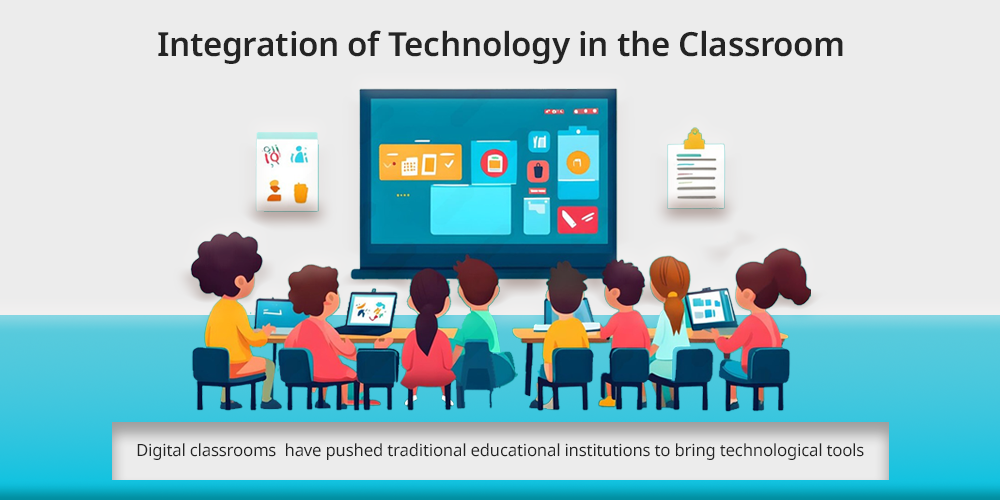
Digital classrooms have pushed traditional educational institutions to bring technological tools and approaches into their classroom teaching patterns.
Throughout the learning environment technology continues to improve academic experiences by appending interactive whiteboards with tablets together with computers and digital resources.
Teachers use educational software in combination with learning management systems (LMS) to simplify students’ task completion processes and assessment administration while facilitating school staff communications.
These educational tools enable students both to manage their schoolwork effectively and enhance their capabilities for relying on self-study.
2. Enhancing Teaching and Learning
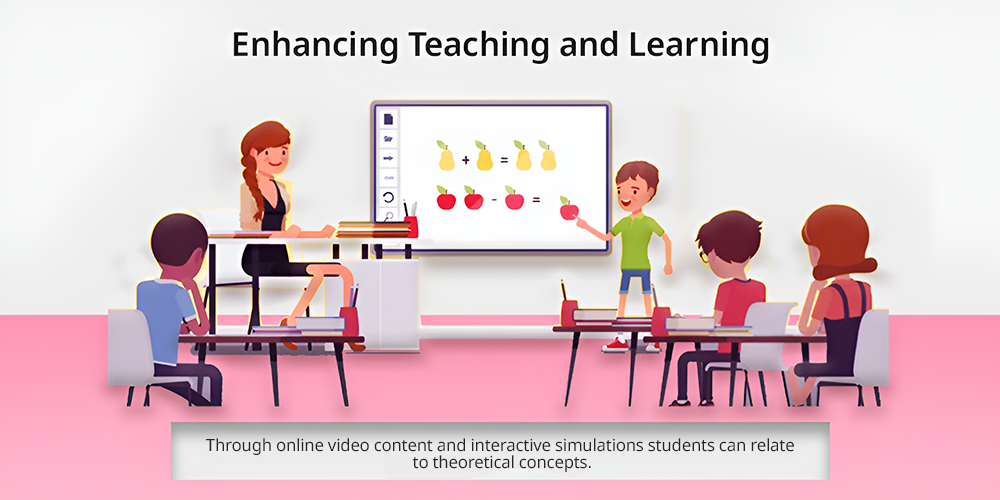
Modern educational practices that use technology can captivate students during classroom instruction. Through online video content and interactive simulations students can relate to theoretical concepts as digital interfaces bring these concepts to reality.
Technology enables customized educational experiences through adaptive learning systems which support individual student learning velocities.
The adjusted level of lesson difficulty within these platforms allows students to receive customized educational content.
Challenges of Technological Integration
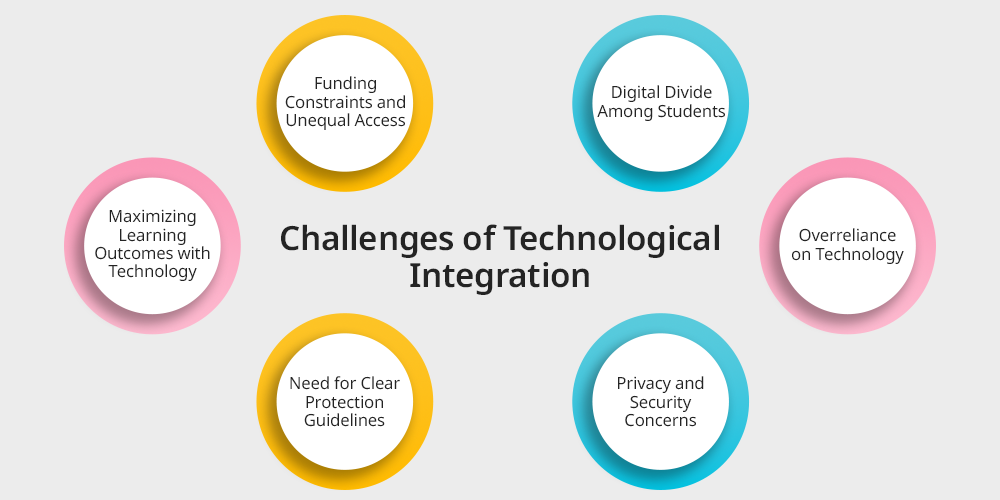
1. Funding Constraints and Unequal Access
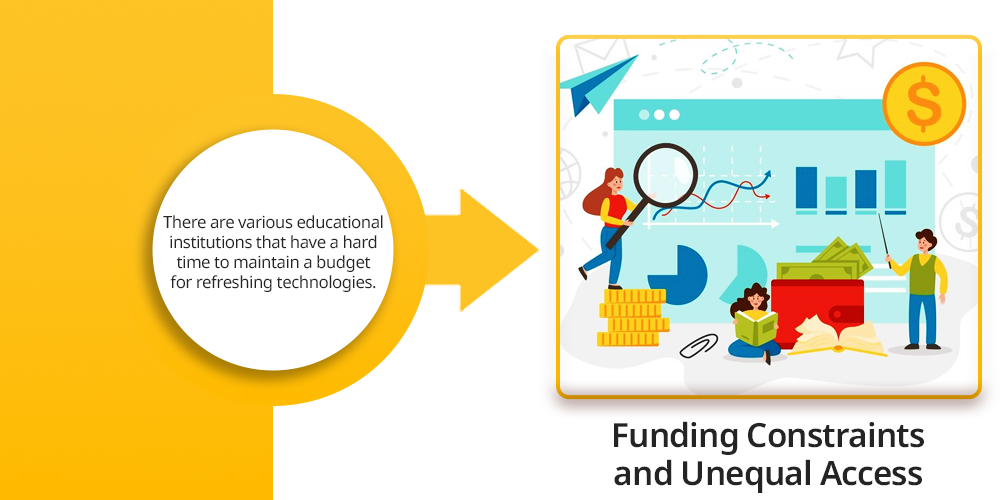
There are various educational institutions that have a hard time to maintain a budget for refreshing technologies.
The unequal access to educational resources is due to the fact that students from underfunded schools are missing out on the advantages of modern technological tools.
2. Digital Divide Among Students
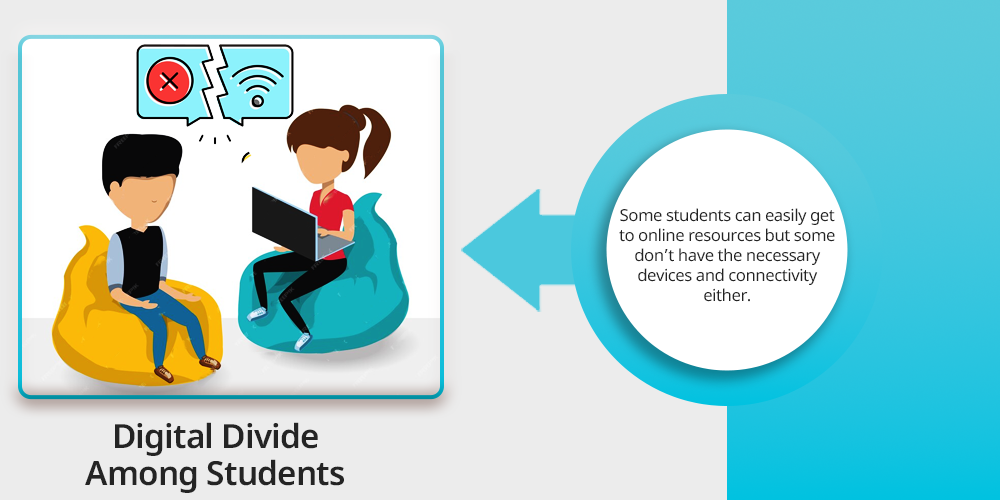
It is accompanied by a digital divide if students don’t have access to the technology consistently because of their socioeconomic background.
Some students can easily get to online resources and tools at home but some students don’t have the necessary devices and connectivity either.
3. Overreliance on Technology
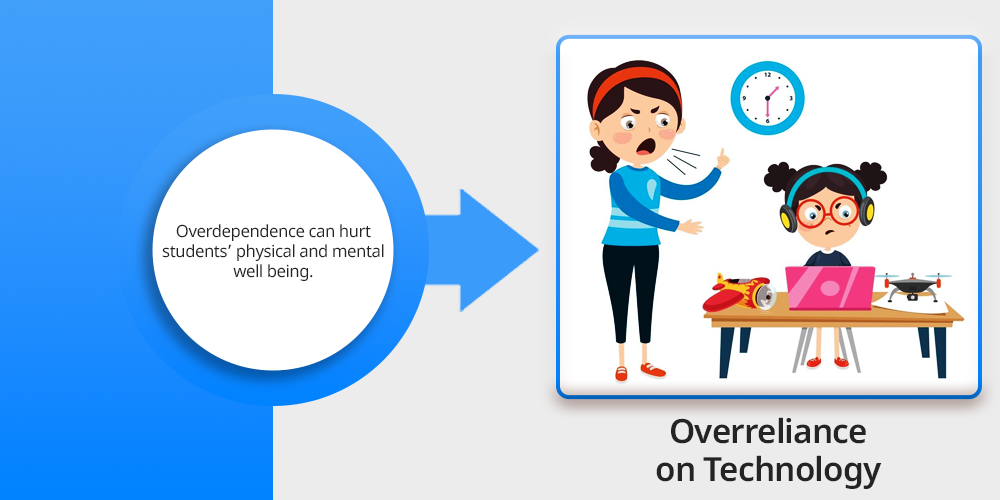
Technology serves as the instructional delivery for schools; however, this relies on technology for delivery often creates issues like over screen time for students.
Such overdependence can hurt students’ physical and mental well being for cutting down face to face interactions and participation in conventional learning methods.
4. Privacy and Security Concerns
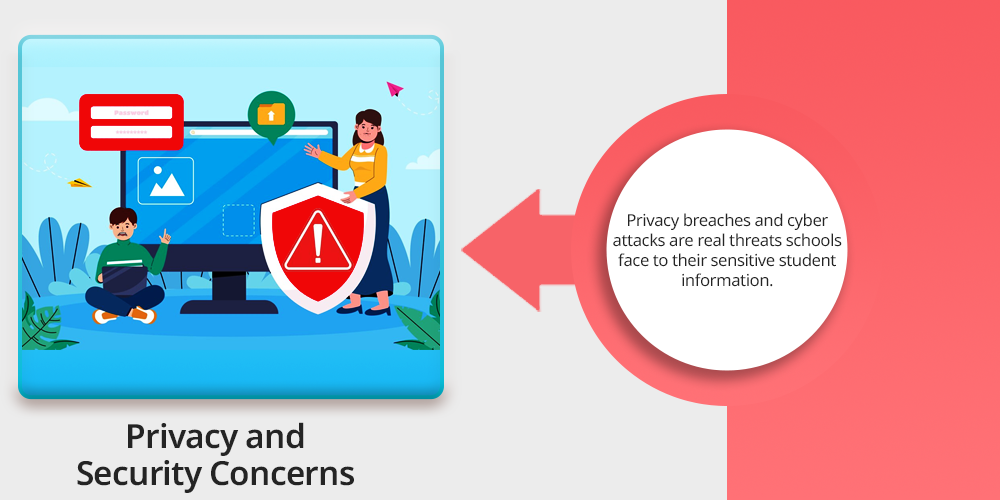
Technology integration in education has serious implications on student data privacy and security.
Privacy breaches and cyber attacks are real threats schools face to their sensitive student information and not addressing them properly leaves schools vulnerable to this line of infiltration.
5. Need for Clear Protection Guidelines
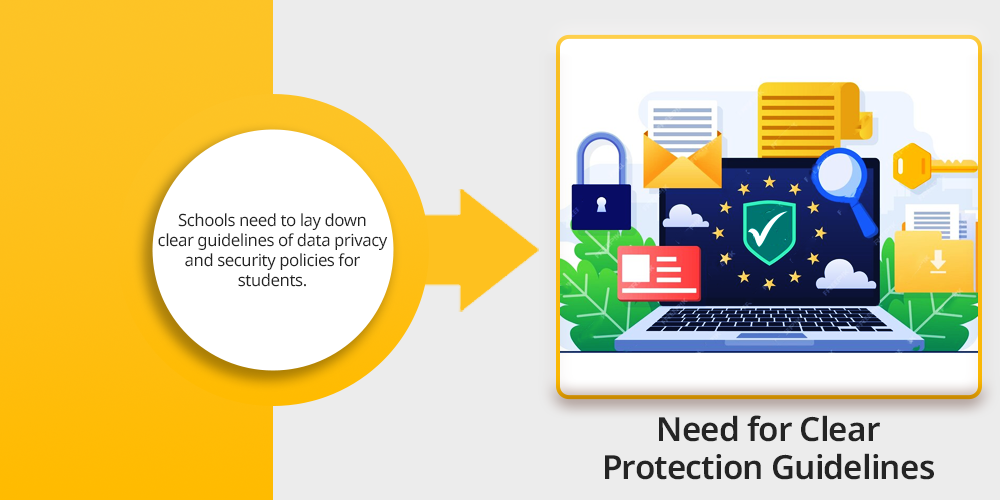
Schools need to lay down clear guidelines of data privacy and security policies for students.
One of this includes implementing robust cybersecurity measures and the technology in the education environment must be compliant with the data protection laws.
6. Maximizing Learning Outcomes with Technology
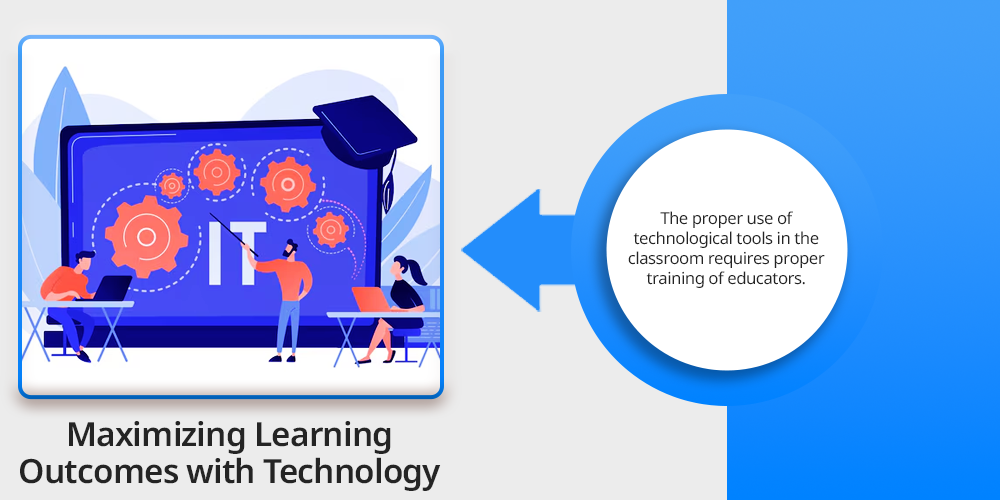
Technological integration brings many benefits, but need to be planned so that it enhances Learning outcomes.
The proper use of technological tools in the classroom requires proper training of educators in regard to how to use technological tools to support and enrich the educational experience rather than just replacing traditional teaching methods.
Traditional vs. Modern Alternatives
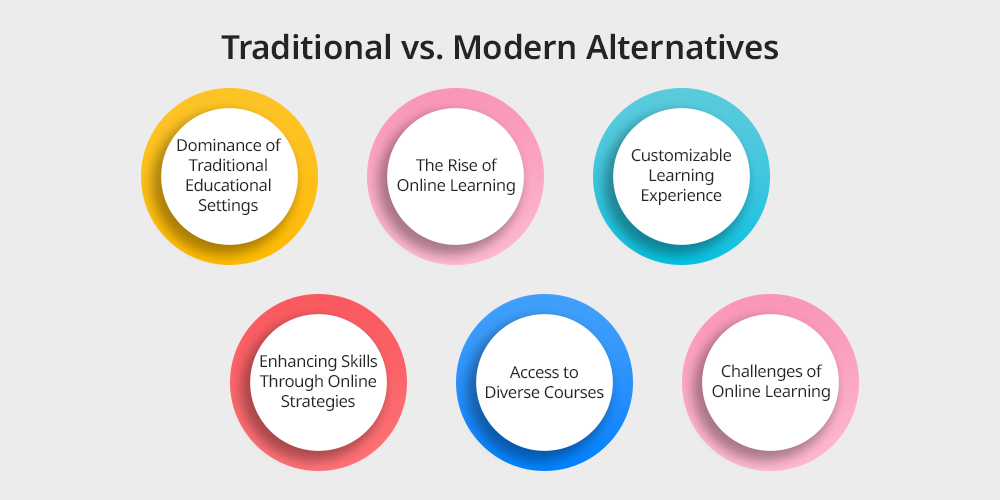
1. Dominance of Traditional Educational Settings
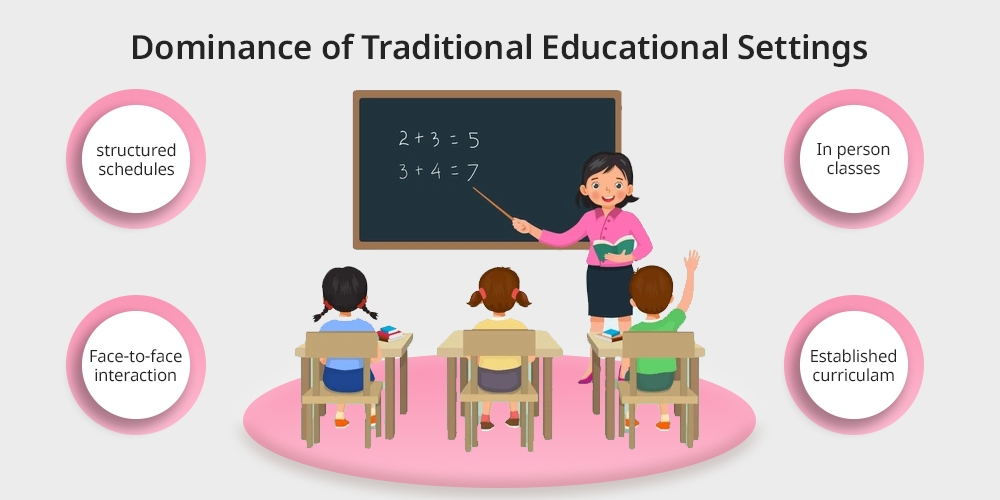
Although the modern alternatives to traditional educational settings have gained popularity, there is a large number of families that continue to opt for traditional education settings.
First of all, these environments have structured schedules, face-to-face interaction, and established curricula that meet the taste of the parents and students too.
In addition, familiar and routine in person classes are a strong reason for their popularity.
2. The Rise of Online Learning
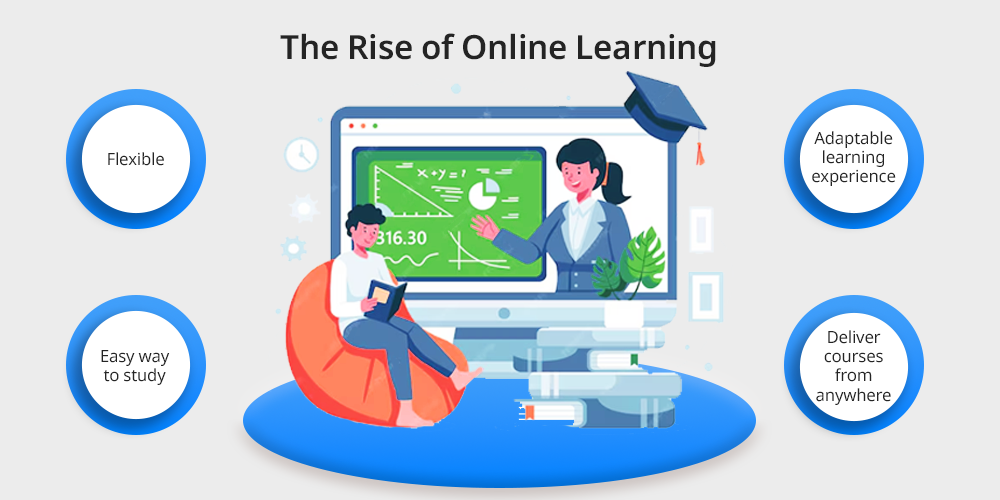
The online learning has become a flexible as well as easy way to study instead of normal education.
Currently, students can enjoy a dynamic and adaptable learning experience with opportunities from institutions to deliver courses from anywhere with an internet connection.
3. Customizable Learning Experience
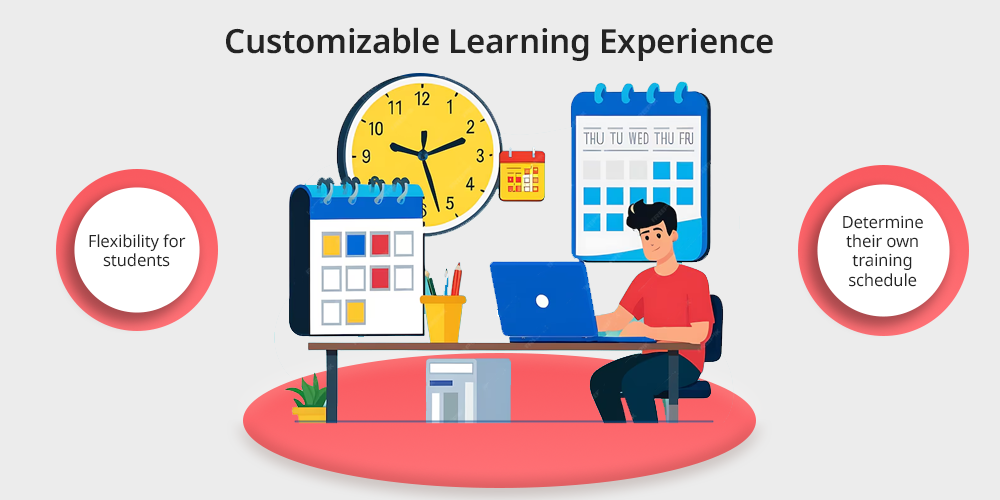
One of the advantages of online education that is most noticeable is the flexibility for students to determine their own training schedule.
This flexibility is especially beneficial for students that excel if they are independent learners who require an individualized learning style.
4. Enhancing Skills Through Online Strategies
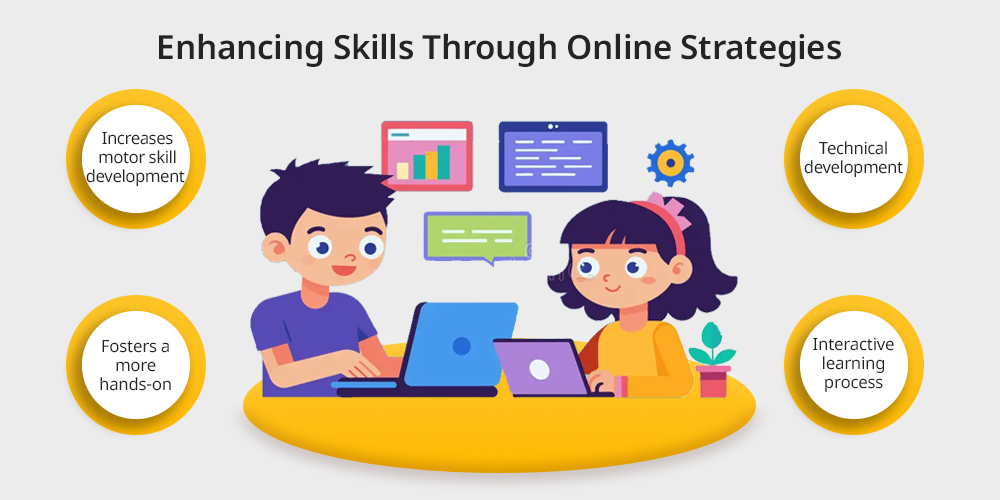
Modern online learning techniques no longer just toughens the knowledge, it also increases the development of a learner’s motor skill and the technical development.
The integration of digital tools into the curriculum fosters a more hands-on, interactive learning process.
5. Access to Diverse Courses
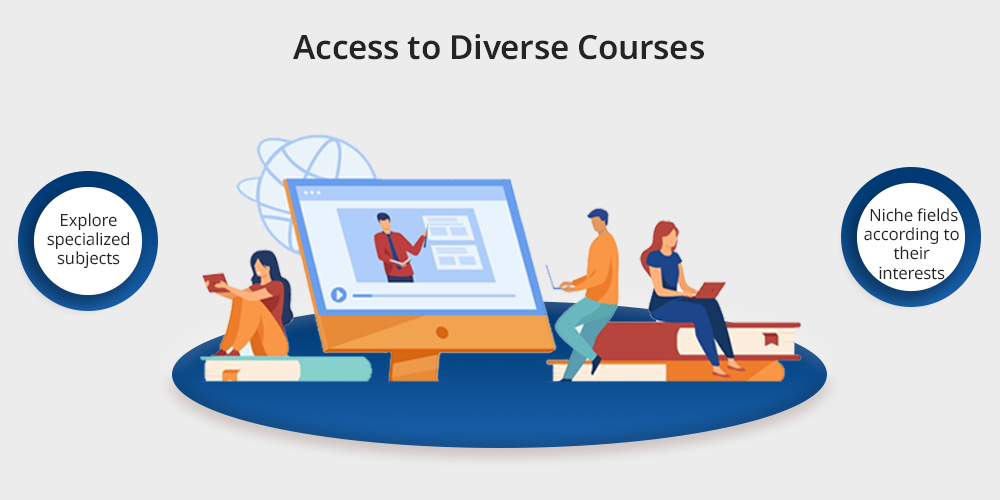
Online education opens up the doors to so many different courses such as they are not always available in traditional schools.
With the changing face of education in this technological world, students can explore specialized subjects and niche fields according to their interests and career goals as an extending horizons education beyond the standard curriculum.
Nowadays online learning strategies help students in improving motor skills.
6. Challenges of Online Learning
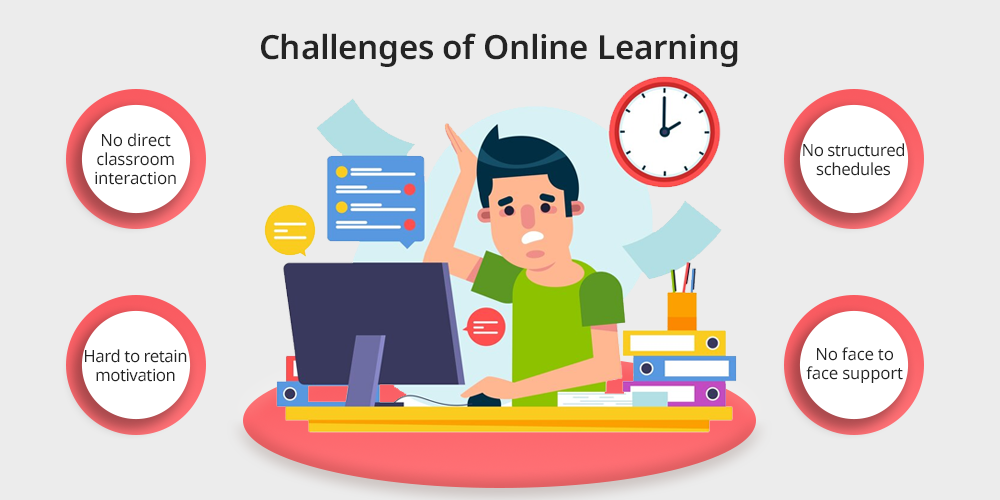
Online education has its own set of challenges for some students. Agencies that don’t offer a direct classroom interaction and structured schedules can be hard for some to retain motivation and engagement.
The absence of face to face support can be difficult for these students in terms of their academic performance.
The Future of Traditional Schooling
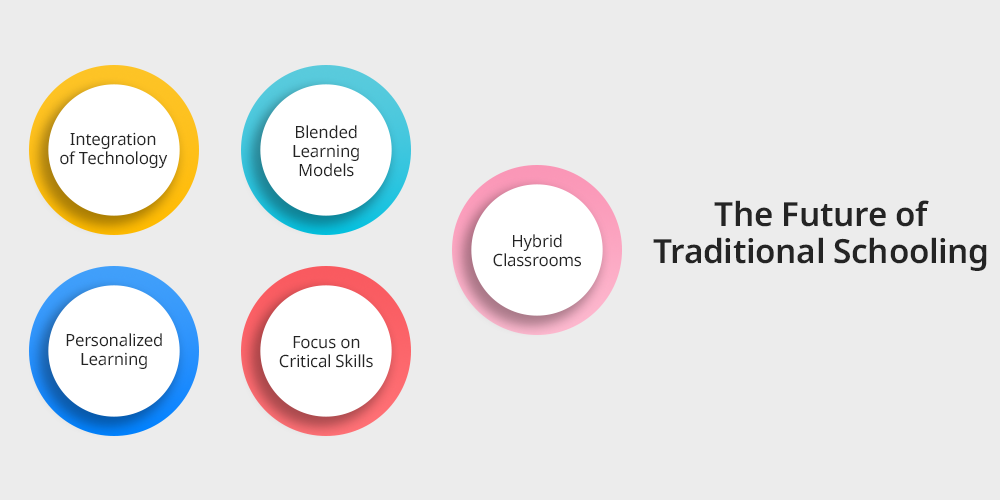
- Integration of Technology: Technology will continue to find its way into the traditional classroom to help enhance classroom experience. Classrooms will get virtual learning environments, AI, as well as interactive learning platforms. Technology plays an important role in the support of student’s success.
- Blended Learning Models: Blended learning, combining in person and online lessons, will become the norm in schools. This flexible approach lets students learn through the variety of formats: learning styles and schedules are accommodated.
- Personalized Learning: Technology will allow for personalized learning which will allow student to work at their own speed. Such adaptive learning tools will be tailored to the needs of each person, thereby making it more effective and inclusive education.
- Focus on Critical Skills: With the evolution of traditional schooling, however, teaching crucial 21st-century skills will be in focus — that would entail problem solving, critical thinking, collaboration and digital literacy.
- Hybrid Classrooms: The physical and virtual classrooms will coexist enabling it to form hybrid environments consisting physical classrooms and virtual classrooms.
Conclusion
Traditional schools create meaningful educational opportunities through their organized format together with social and teacher-supported instruction.
The system comes with two fundamental difficulties because it transfers inflexible teaching methods and a testing system that exacts too much emphasis.
As traditional schooling develops it should benefit from combining key strengths of classroom learning alongside internet-accessible education to deliver adaptable learning systems for every student age.
No matter what educational setting students choose they should receive learning experiences which prepare them for achievement in the evolving world.

